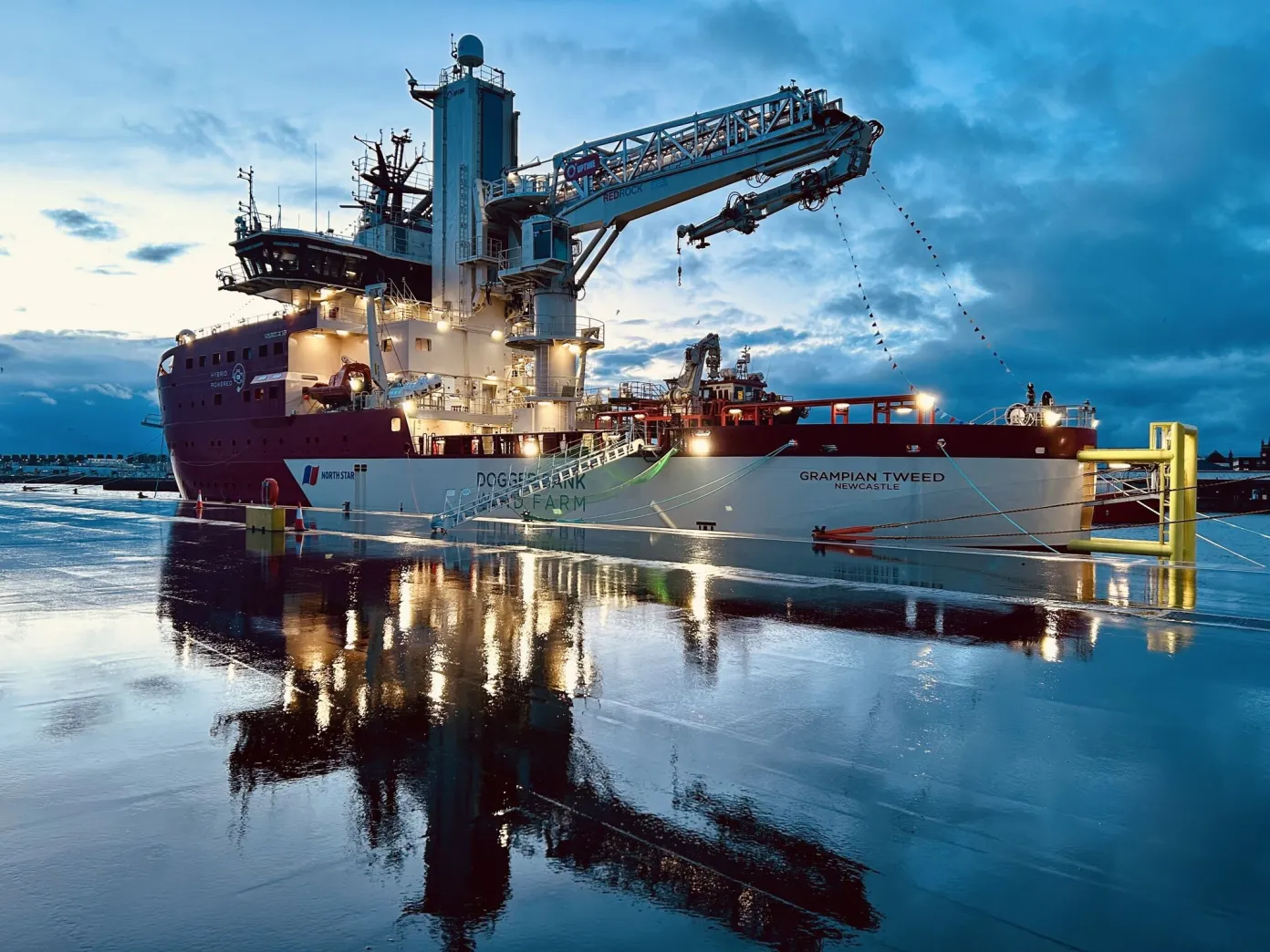The year that is coming to a close presents new uncertainties and dangers for shipping companies. Their efforts are now almost entirely dedicated to working out the necessary measures to absorb the negative effects of the harsh global confrontation between the two superpowers, China and the US, which has now also spread to the marine industry.
As is well known, US measures to counter Chinese dominance in global shipbuilding came into force yesterday. The regime, which was amended on 11th October, foresees taxing Chinese-owned /or Chinese-built ships following their first call at a US port.
The measures particularly affect containerships. The new tariff regime establishes a $50/ net tonne fee, which will increase until 2028. It is to be paid by vessels operated by Chinese companies. Meanwhile, ships built in China will be subject to specific tariffs starting at $18/ net tonne which will reach $33 in 2028.
The tariff system developed by the USTR also affects car carriers ($46 per net tonne) and, from 9th November, certain types of ship-to-shore cranes and cargo handling equipment of Chinese origin or control, which will be subject to additional duties of /150% on top of the current 25%.
The US move comes just days after Beijing’s retaliation, announcing the introduction of new port taxes on ships owned or operated by US companies and private stakeholders. The tariff will be $56.13 per net tonne, with subsequent increases.
The shipping war between the two countries is effectively forcing large companies to reorganize their strategies.
Yesterday, Maersk announced that it had prevented two of its US-flagged containerships from berthing in China. In a customer advisory, the Danish liner announced changes to its TP7 transpacific service, stating that its Potomac Express would no longer be calling at the port of Ningbo.The Chinese port will be replaced by Busan in South Korea, where transhipments will then be loaded onto other vessels. All exports from Ningbo to the United States will be loaded onto the Maersk Luz, which will link up with the Potomac Express in Kwangyang on 24th October.
Maersk Kinloss will also discontinue calls at Ningbo, while import cargoes will be unloaded at a South Korean port and forwarded to Ningbo and other destinations by other vessels in the carrier’s network.
According to Clarkson’s Research, there are currently around 500 boxships that could potentially be subject to the new Chinese port taxes. This estimate is based on ships built, flagged, owned or operated by US-based companies or listed on the US stock exchange. However, vessels partially US owned (>25%) are not taken account of.
The consultancy firm’s research also reveals that Beijing’s countermeasures affect 5% of Chinese port calls by these boxships. “This is a relatively low ratio and it should of course be noted that out of the 500 vessels potentially subject to the port fees, not all of these necessarily call China” explains Lars Jensen. He believes carriers will certainly try to modify the rotation of their link services with China to better distribute their US-owned /or controlled containerships so as to reduce the negative impact of the new taxes. This approach is not dissimilar to the one big carriers have adopted to cope with the negative impact of new US port taxes on Chinese ships.
Linerlytica reports that carriers specializing in container shipping will be required to pay up to $2.3 billion in the first year of calling at Chinese ports. Maersk could be forced to bear almost $400 million in additional costs, while ZIM, which is listed in the United States, could end up paying over $600 million in extra taxes.





